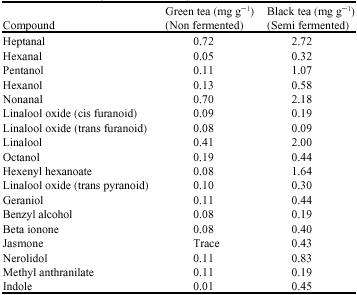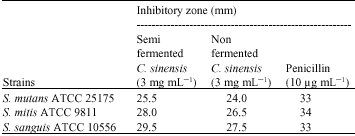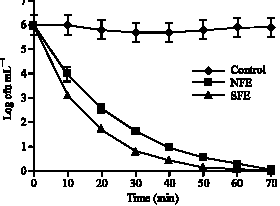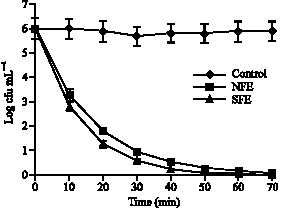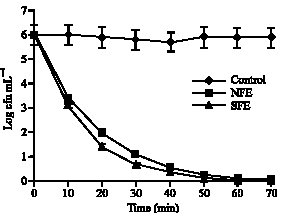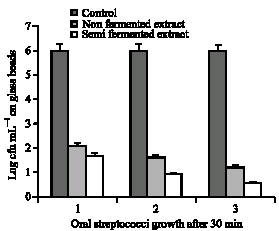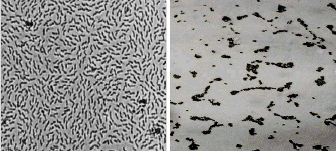Research Article
Volatile Components of Camellia sinensis Inhibit Growth and Biofilm Formation of Oral Strepto
Department of Microbiology, Science and Research Branch, IAU, Tehran, Iran
Nour Amirmozafari
Department of Microbiology, Iran Medical School, Tehran, Iran
Negar Ordouzadeh
Department of Microbiology, Science and Research Branch, IAU, Tehran, Iran
Kasra Hamdi
Faculty of Basic Sciences, Lahijan Branch of Azad University, Guilan, Iran
Rashed Nazari
Department of Microbiology, Science and Research Branch, IAU, Tehran, Iran
Amir Ghaemi
Faculty of Medicine, Golestan University of Medical Sciences, Gorgan, Iran









